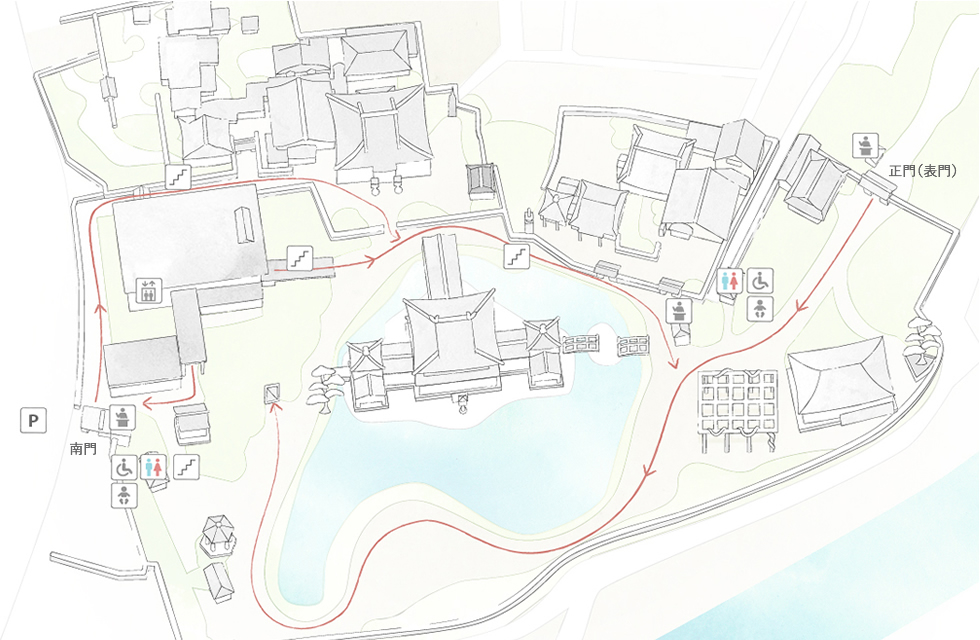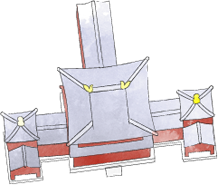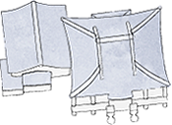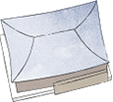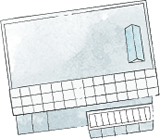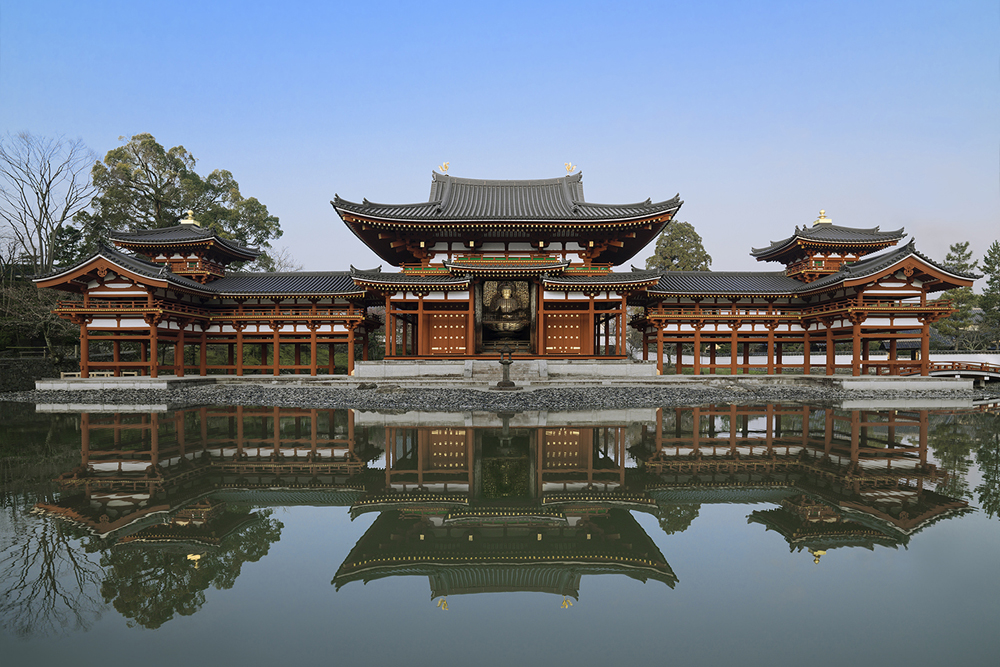
Phoenix Hall
This is Amida-do, built in 1053, late Heian Period, by Fujiwara no Yorimichi, then Regent. This is the most precious building as it is the only remaining building from the glorious Fujiwara Regent Period. The most significant feature is that it was built on the central island on the pond, which reflects its beautiful figure on water surface like a palace floating on the Treasure Pond of Gokuraku (nirvana). In the center of the Hall, the Amida Nyorai Seated Statue at a height of 2.4 m is situated and on the walls and doors surrounding the Statue, Kuhon-Raikozu are painted and on the back of Amidabutsu, the painting of Gokuraku-jodo is painted. On small walls on Nageshi (horizontal timber), 52 Unchu Kuyo Bosatsu Statues (Buddhist Saints holding a mass in the clouds) are hung.Although they are faded now, ceilings and beams were painted mainly of hosoge (flower pattern) and on the pillars, heavenly beings who danced and fluttered in heavenly clothing, children playing music, phoenix rising, hosoge and foliage scrolls pattern were painted and these were brightly colored. In addition to a large Eight Flower Petaled Mirror in the middle of the canopy, a total of 66 bronze mirrors are hung from the ceiling. The mirrors would have once created a fantastical world, reflecting the lights from votive candles flickering at night. In “Zoku Honcho Orai Den (Second Imperial Court Records of People Reborn in Paradise),” a book of the Heian Period, it is written, “if you are suspicious about the existence of Gokuraku, pray at the Temple in Uji.” The people at that time regarded Hoo-do as the Gokuraku-jodo that appeared on earth.
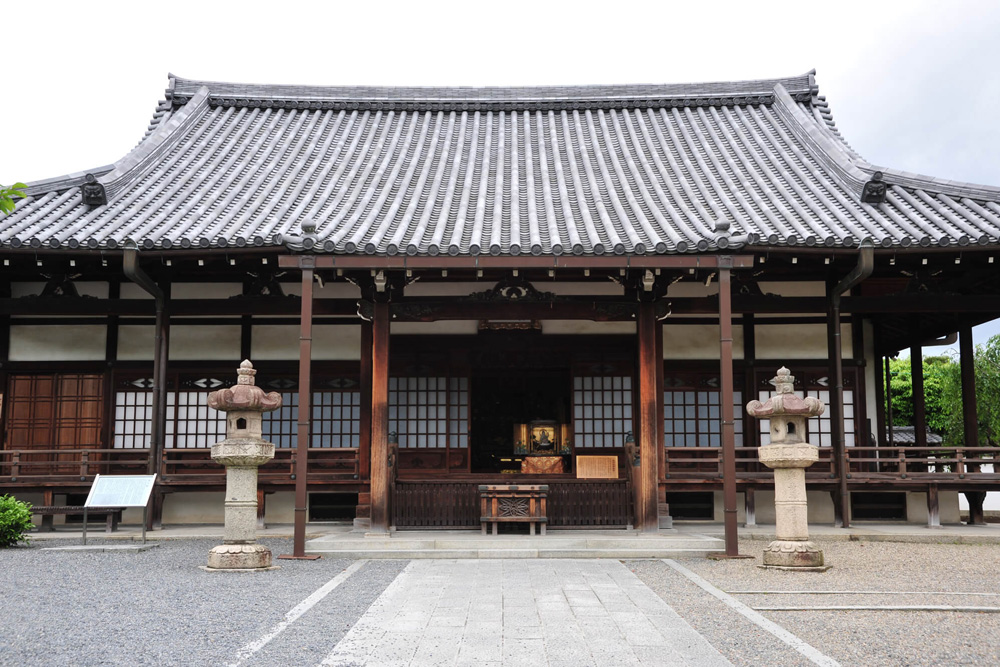
Jodoin Temple
Jodoin Temple is a sub-temple of Byodoin Temple, which is said to have been built by the high-ranking Buddhist priest, Eiku who belonged to the Jodo Sect in the late 15th century in order to restore Byodoin Temple. It hosts many cultural properties including the Amida Buddha (Amida Nyorai), Taishakuten and wall paintings in the Yorin-an Shoin Study.
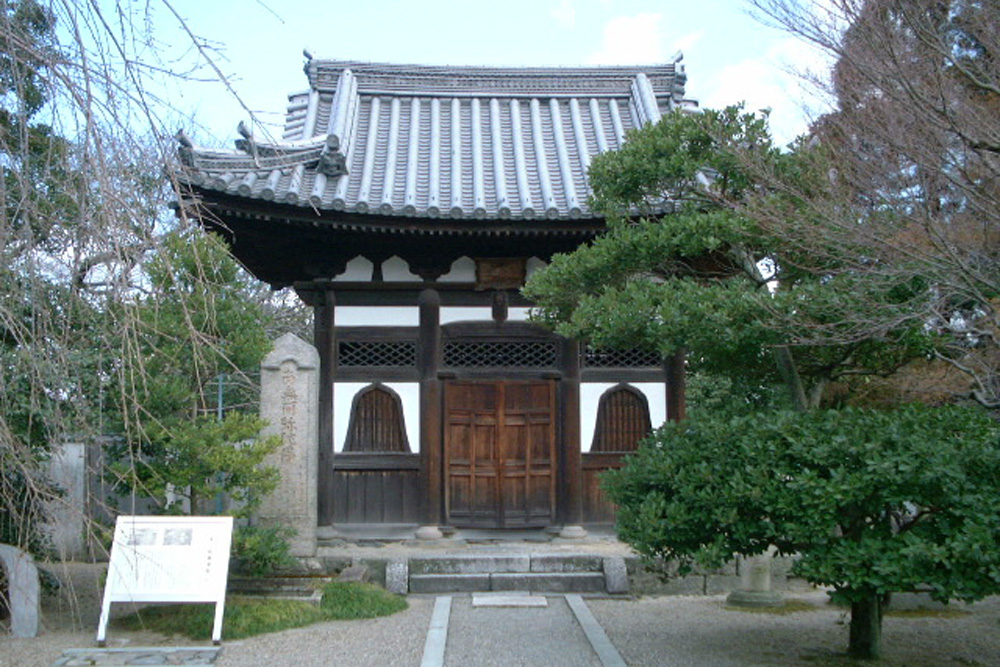
Rakan-do Hall (Cultural Property of Uji City)
Rakan-do Hall was built in 1640 by a tea master, Dosai Hoshino and his sons. The main architectural structures have remained in their original forms. Dragons painted on the mirror ceiling have been well preserved, keeping the original colors.
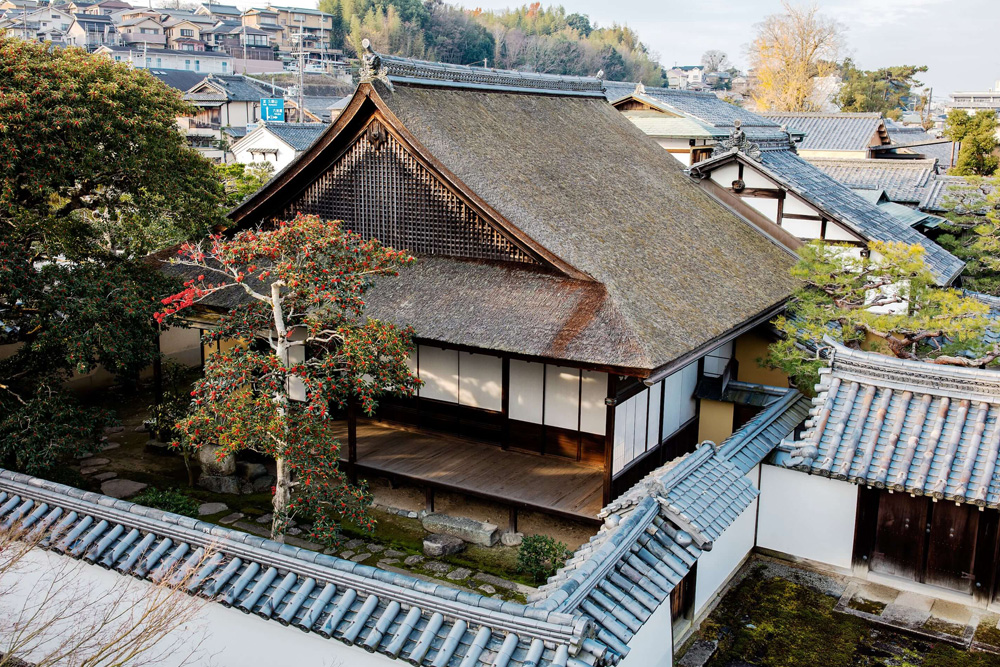
Yorin-an Shoin Study (Important Cultural Property) [Not open to the public]
Yorin-an Shoin Study (designated as a cultural property) is said to have been constructed with the remnants from Momoyama Castle. The wall paintings are designated as the cultural property of Uji City. Some of them are “Snow Scenery” in the tokonoma alcove, “Hedge and Plum” on the sliding doors, and “Flowers and Plants” on the door of the upper closet. Judged from the painting style, these are thought to be the works produced by Sansetsu Kano.
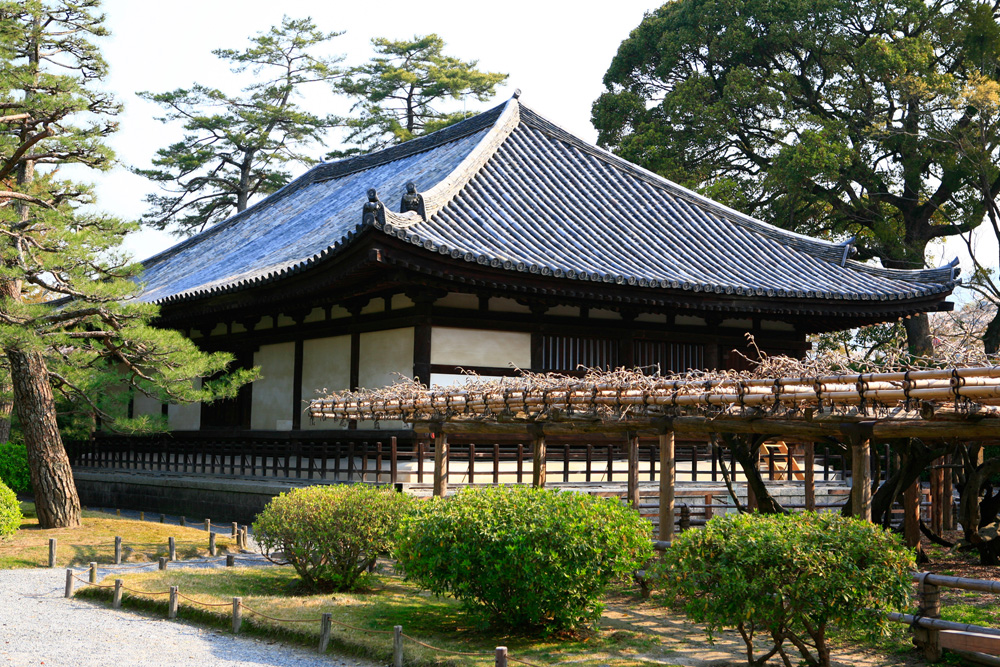
Kannon-do Hall (Important Cultural Property) [Not open to the public]
The Kannon-do Hall was established in the early Kamakura period (around the 12th century) on the former site of the original main hall. With two different forms of bent wood which support the roof, the structure is simple and follows the classical design from the Tenpyo period (710-794).
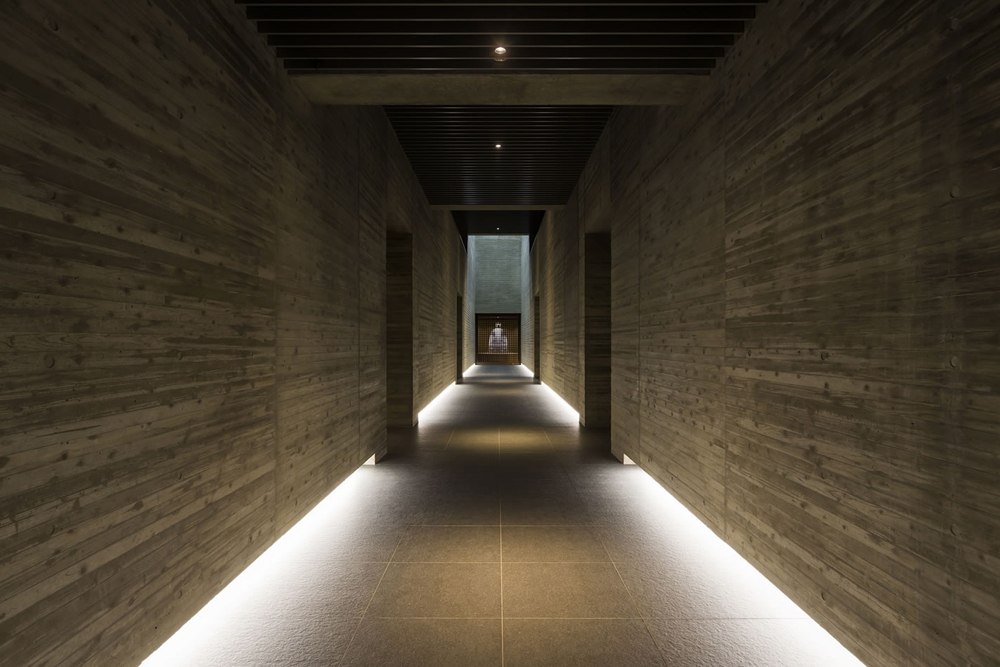
Byodoin Museum “Hoshokan”
Byodoin opened “Hoshokan” on Thursday, March 1, 2001 as the first comprehensive museum (registered museum) managed by a religious corporation.
Read here for details of the Byodoin Museum “Hoshokan.”
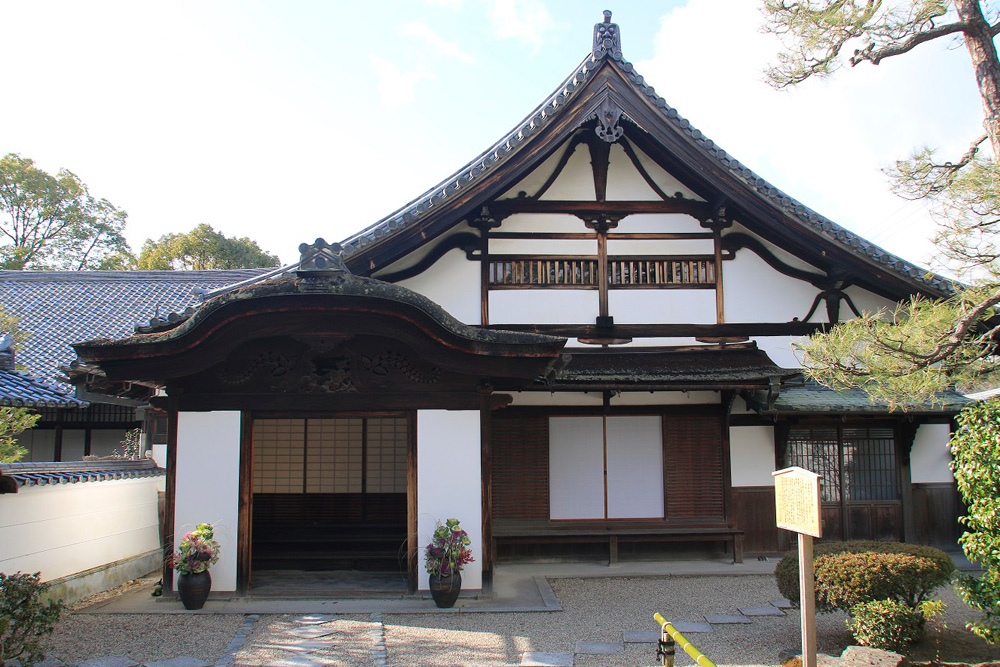
Saishoin Temple
Saishoin Temple is one of the two sub-temples of Byodoin Temple. It is an independent temple belonging to the Tendai Sect. Its origin dates back to 1654 when a Buddhist monk from Shosen-in Temple (Jushin-in) located on Higashinotoin and Rokkaku street in Kyoto moved to Byodoin and gave his monastery the name Saishoin. This was at the time when the Tendai Sect, which had been remote from Byodoin Temple since the middle ages, returned.
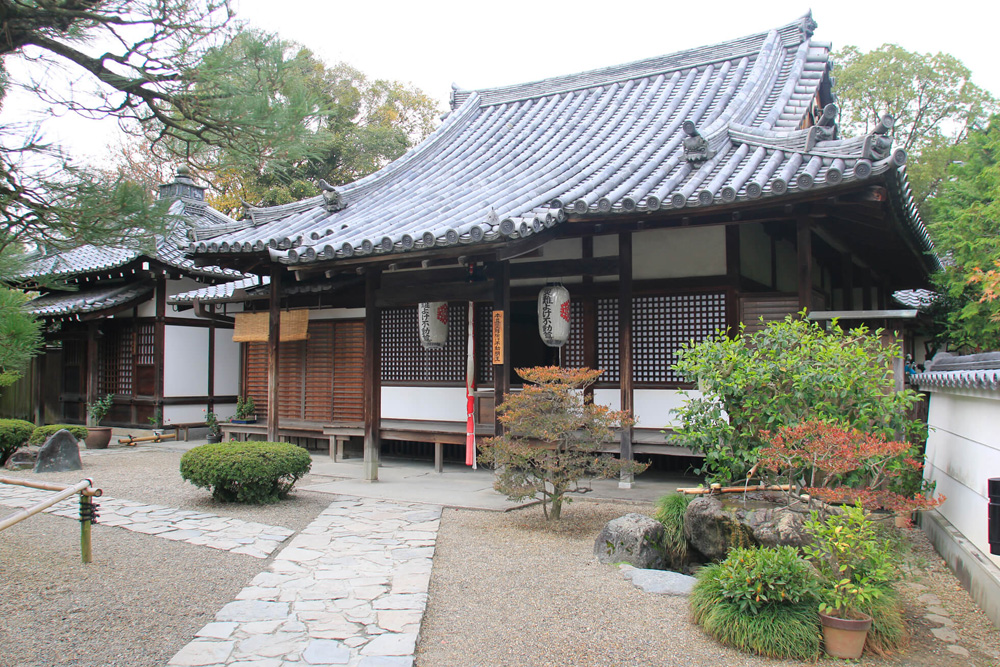
Fudo-do Hall
Fudo-do is the main hall of Saishoin Temple which enshrines Fudo Myo-ou (Acala) as the principal image. Along with the principal image, a statue of Enno Ozunu (aka Enno Gyoza) is located here. Next to Fudo-do Hall, there is a small Jizo-do Hall which enshrines the Jizo Bosatu.
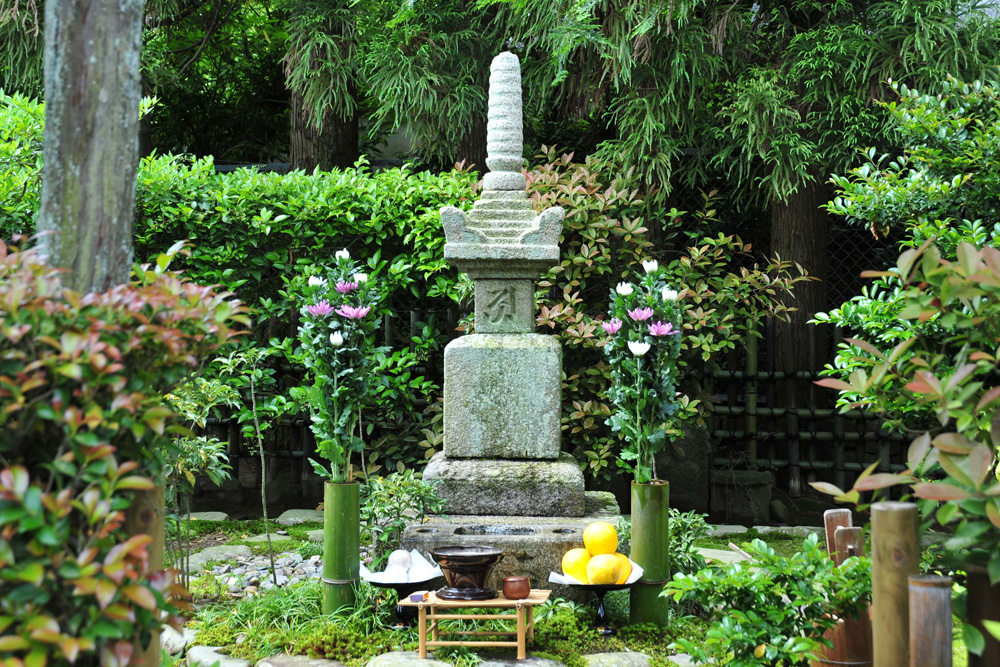
Grave of Yorimasa Minamoto
In May 1180, an imperial prince, Mochihito, ordered the defeat of the Heike Clan, and troops led by Yorimasa Minamoto rose up and a battle broke out in Uji. However, the Minamoto troops were defeated and Yorimasa committed suicide in the precinct of Byodoin Temple after leaving a death poem. Every year on May 26th, a memorial service for Yorimasa is held.
Yorimasa’s Death Poem:
“While flowers of a buried tree have not bloomed during a life of obscurity, it is a sorrowful thinking of the end of my life.”
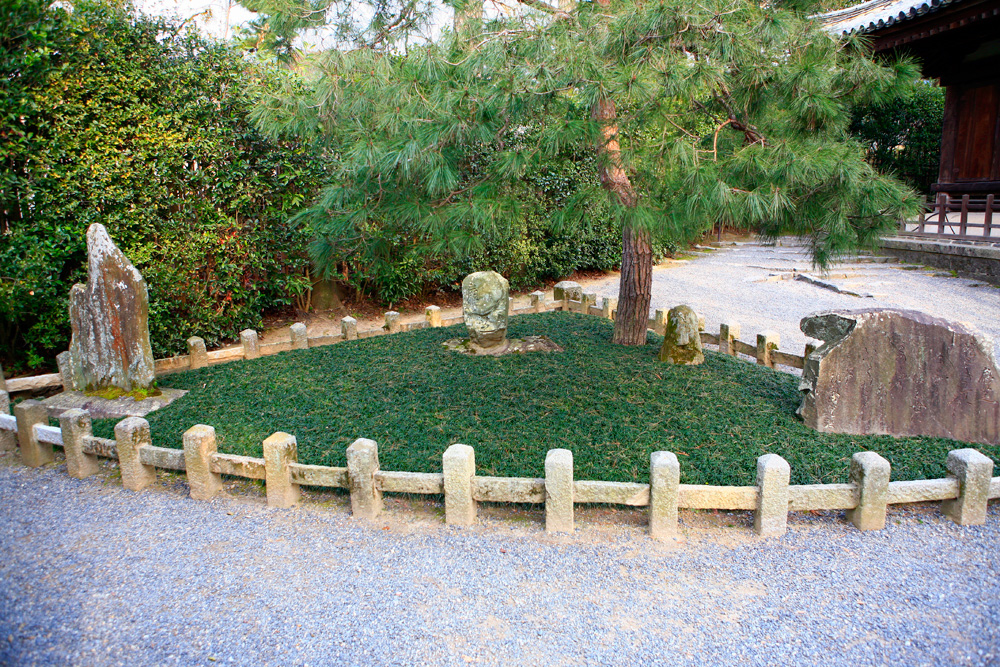
Ougi-no Shiba Lawn
In May 1180, an imperial prince, Mochihito, ordered the defeat of the Heike Clan, and troops led by Yorimasa Minamoto rose up. However, the Minamoto troops were defeated near the Uji River and Yorimasa committed suicide in the precinct of Byodoin Temple. At the very last moment of his life, Yorimasa opened his large folding fan and composed a death poem. He then faced to the west and chanted “Namu Amida Butsu (a prayer for Amida Buddha).”
Yorimasa’s Death Poem:
“While flowers of a buried tree have not bloomed during a life of obscurity, it is a sorrowful thinking of the end of my life.”
